
when prices rise
Crisis winter Here are refrigerators in the middle of the street: "Everything disappears almost immediately"
Of:
Emelie Svensson
Published: Today 17.32
NEWS
NEW YORK. Skyrocketing food prices are hitting New Yorkers hard.
The rescue: Over a hundred refrigerators along the streets.
- I wouldn't have managed otherwise, says Gwyn, 60, who provides for her grandchildren.
In the middle of 120th street in Harlem stands a refrigerator. 60-year-old Gwyn digs on the shelves and sees expiration dates.
A milk carton, bananas and bagels go into the tills.
- Sometimes you don't have money, like today - I don't have a shit! I got here early, and there was nothing. I came back now and got milk, bread. You have to be grateful for what you get, she says.
Especially now, when food prices in New York‚ one of the world's most expensive cities, are skyrocketing, she notes.
- I get at least 80 percent of my food in the refrigerators. A little help goes a long way, she says, putting the heavy boxes on her shoulders.
At home, her husband and two babies are waiting for her, whom she supports.
- It's really tough. My son recently died of a brain hemorrhage, and I am fighting for custody of his two children and taking care of them as well.
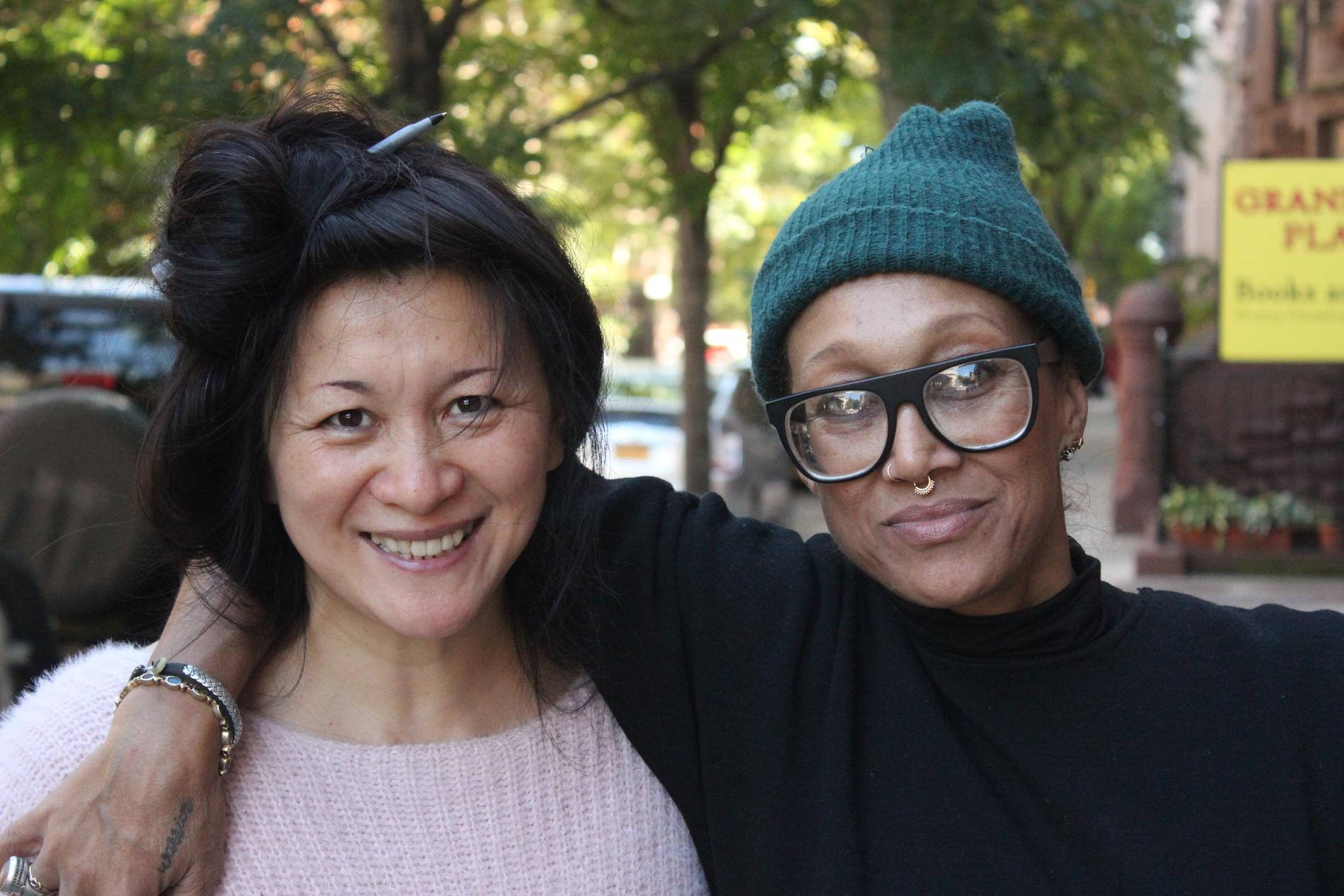 S
SShu Lu pulls carts of donated food to the refrigerators in the area along with Sade Boyewa El. Photo: Emelie Svensson
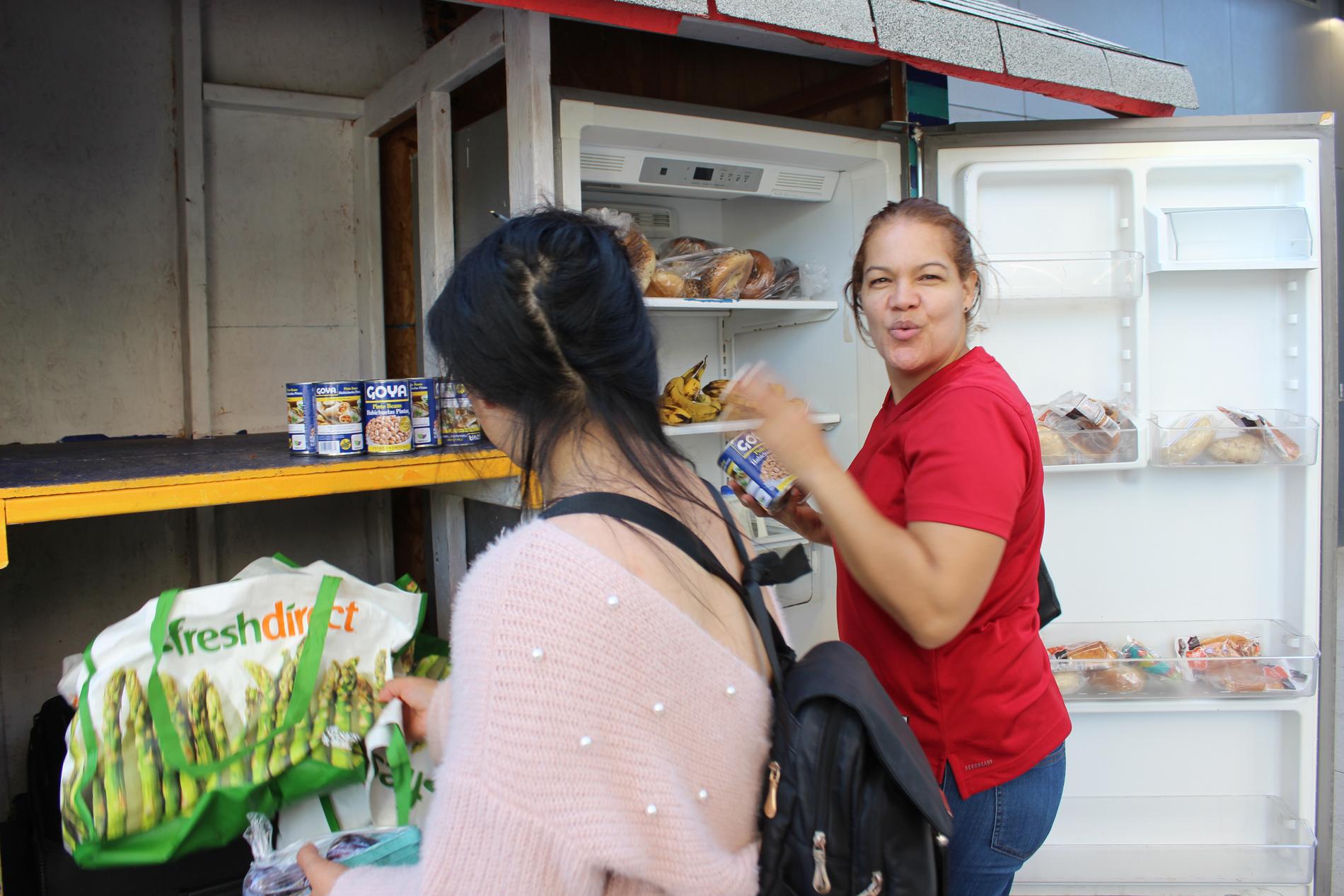
Agda is a single mother of two teenagers who still lives at home. She has been unemployed for some time. Photo: Emelie Svensson
The fridges are open 24/7
For many Americans, it's now a real sting in the wallet when they go to the grocery store. Food prices have increased by 13.5 percent compared to last year - the largest increase in 43 years.
Street refrigerators began popping up all over New York in early 2020. They are filled with food that neighbors no longer need, or by stores that would rather donate the food than throw it away.
The goal is two-fold: To let more people get full in times of economic uncertainty, while reducing food waste.
Swedish Sade Boyewa El, 52, started the first street refrigerator, a "freedge" or "community fridge" as they are also called, in Manhattan at the beginning of the pandemic.
- Then there were many who lost their jobs and needed help. But if you had a problem then, it's only gotten worse now. Food, rent, travel costs – everything has become more expensive, she says.
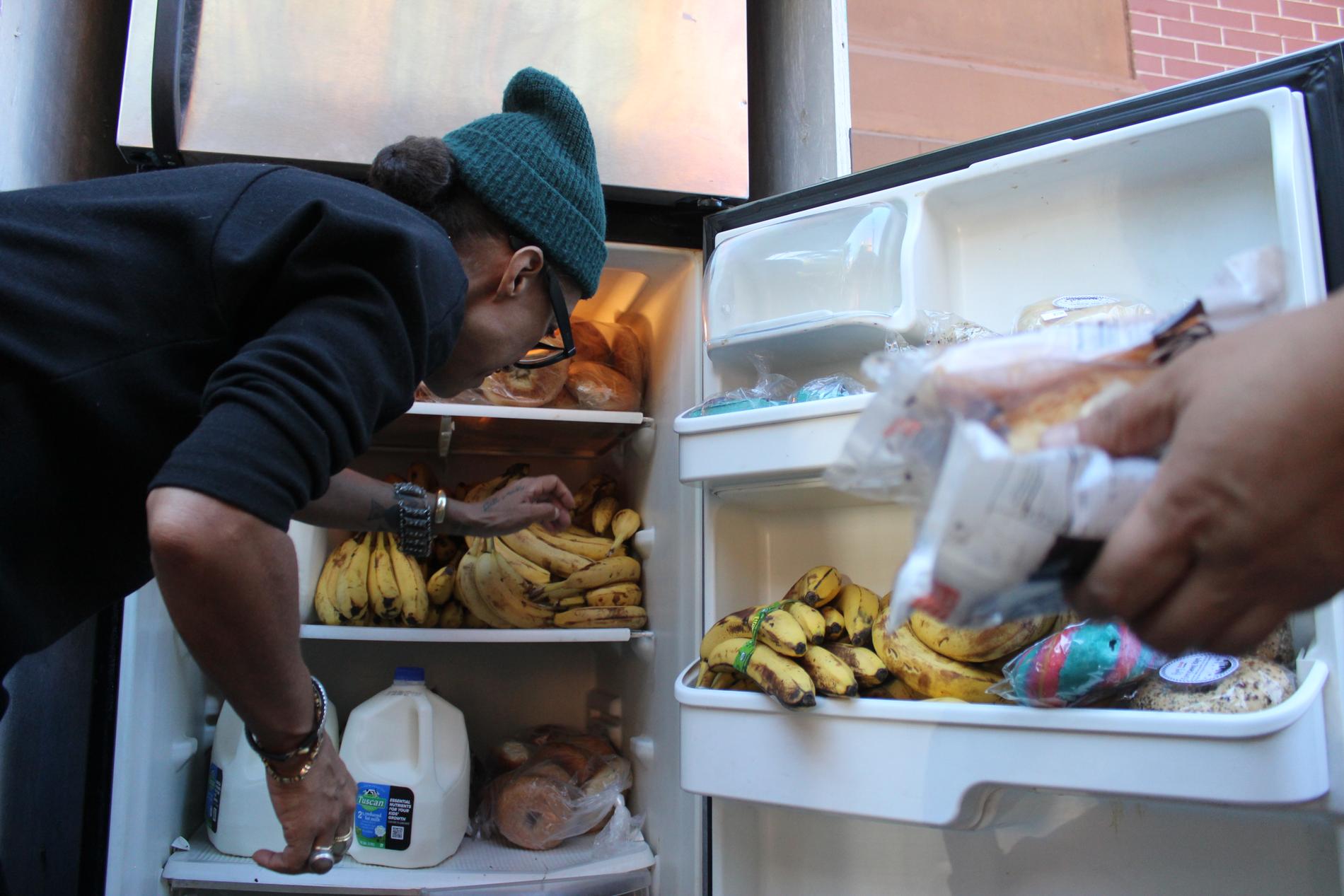
Swedish Sade Boyewa El, 52, started Manhattan's first street refrigerator during the pandemic. Photo: Emelie Svensson
Along with Shu Lu, 49, she pulls carts loaded with donated food through Harlem. As volunteers, they manage six to eight refrigerators in the area. Clean, and refill.
The fridges are open 24 hours a day.
Anyone can pick all the food they need, without a single question.
- It happens that we fill the coolers five times a day, says Sade.
- Neighbors can sometimes even peek in the windows, to keep track of when we fill them, Shu Lu continues.
When they fill the fridge on 120th Street, even more neighbors flock to see what goods are on offer. Just today: Salad, fruit, beans, bread.
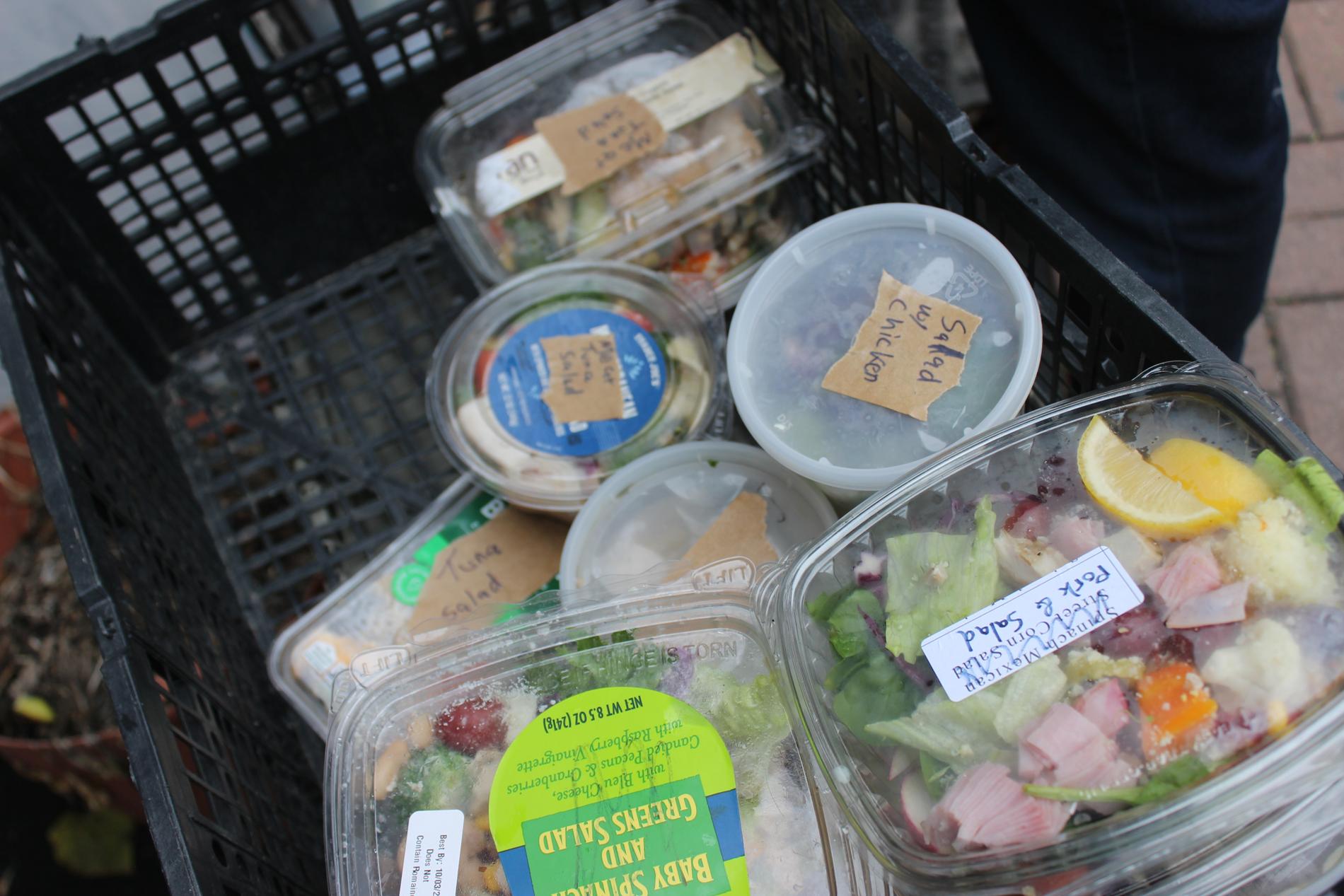
Today, there are over a hundred street refrigerators scattered across New York. Photo: Emelie Svensson 

"I get at least 80 percent of my food in the refrigerators. A little help goes a long way," says Gwyn, 60. Photo: Emelie Svensson
"
"Is so expensive right now"
Today, there are over a hundred street refrigerators scattered across New York. Most electrical outlets are pulled into restaurants or stores that are willing to offer an outlet.
There are digital maps of the coolers online, with links to Instagram accounts where you can get instant updates on their contents.
At the next cooler, on 155th Street, Agda Delacruz, 50, scans the day's merchandise.
- I just came from the grocery store, but it's so expensive right now. I can hardly afford anything, she says.
Agda is a single mother of two teenagers who still lives at home. She has also been unemployed for some time.
- And there aren't that many jobs to apply for, that's why the street fridges are so important - not just for me but for many people in this area.
Empty in record time
In the borough of Brooklyn, Thadeaus Umpster, 41, receives a new delivery in front of his house. A film studio in New York has donated several trays of leftover catering food.
He lifts the food into the kitchen and packages it in smaller plastic boxes, like ready meals.
- Prices go up, rents go up a lot. People struggle more. So this is something people need more and more. More are forced to turn to food banks, charity – and these neighborhood fridges, he says.
- We try to do what we can so that people have enough.
In February 2020, he opened the first neighborhood fridge in New York. He found it for free on a buy and sell site. The original plan was to place it in the laundry room of the house, but it didn't fit through the door.
Instead, he pulled out an extension cord and put it outside the house. Filled it. And watched it empty in record time.
He belongs to In our Hearts, an activist group that today runs up to 70 neighborhood refrigerators. All sorts of people pick up free food when inflation is at record highs, he says. Families with children, school children, pensioners.
- Here, a loaf of bread to give away!, says a neighbor, and throws in an unopened package of leftover toast.
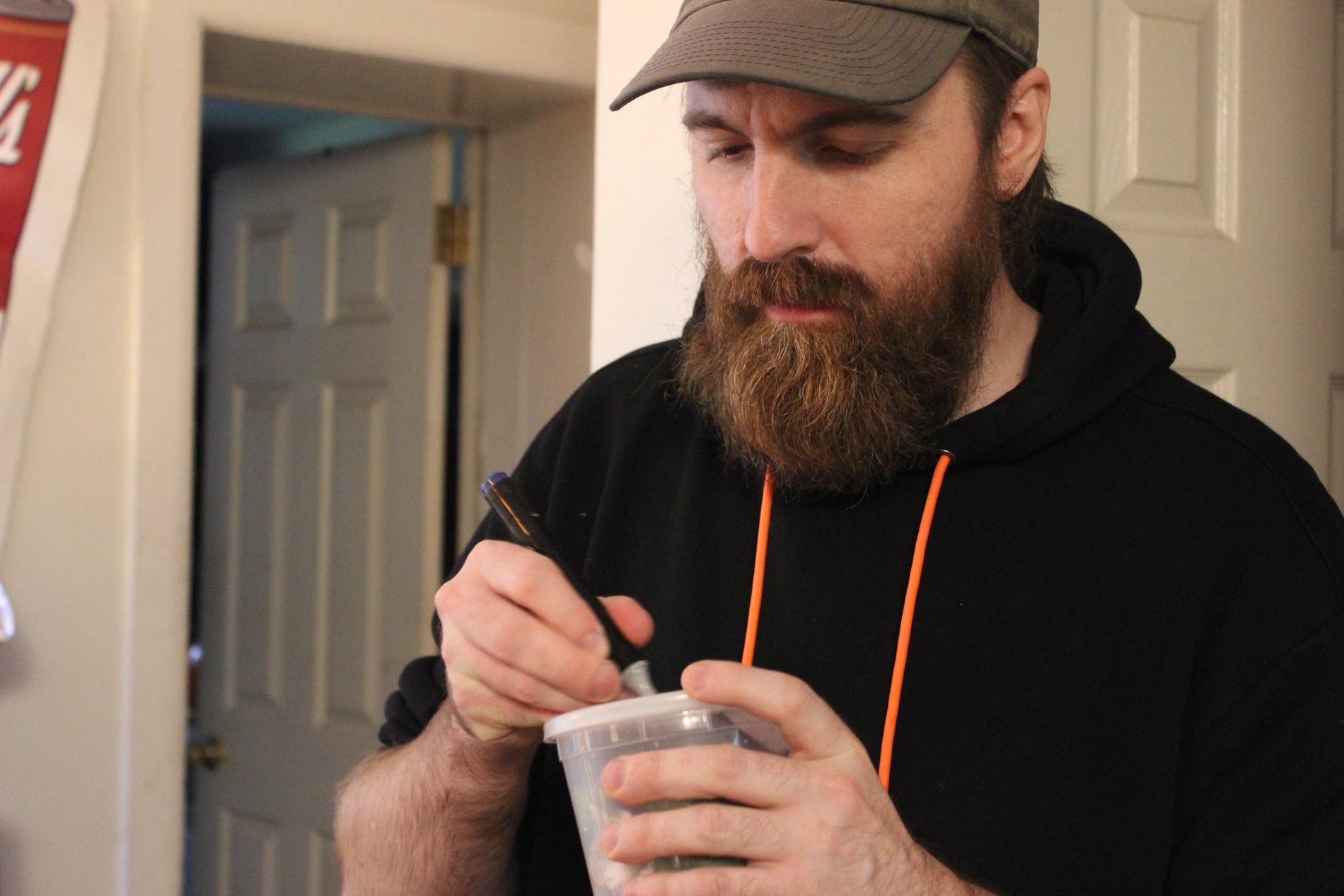
Thadeaus Umpster, 41, opened the first neighborhood fridge in New York in 2020. Photo: Emelie
Svensson
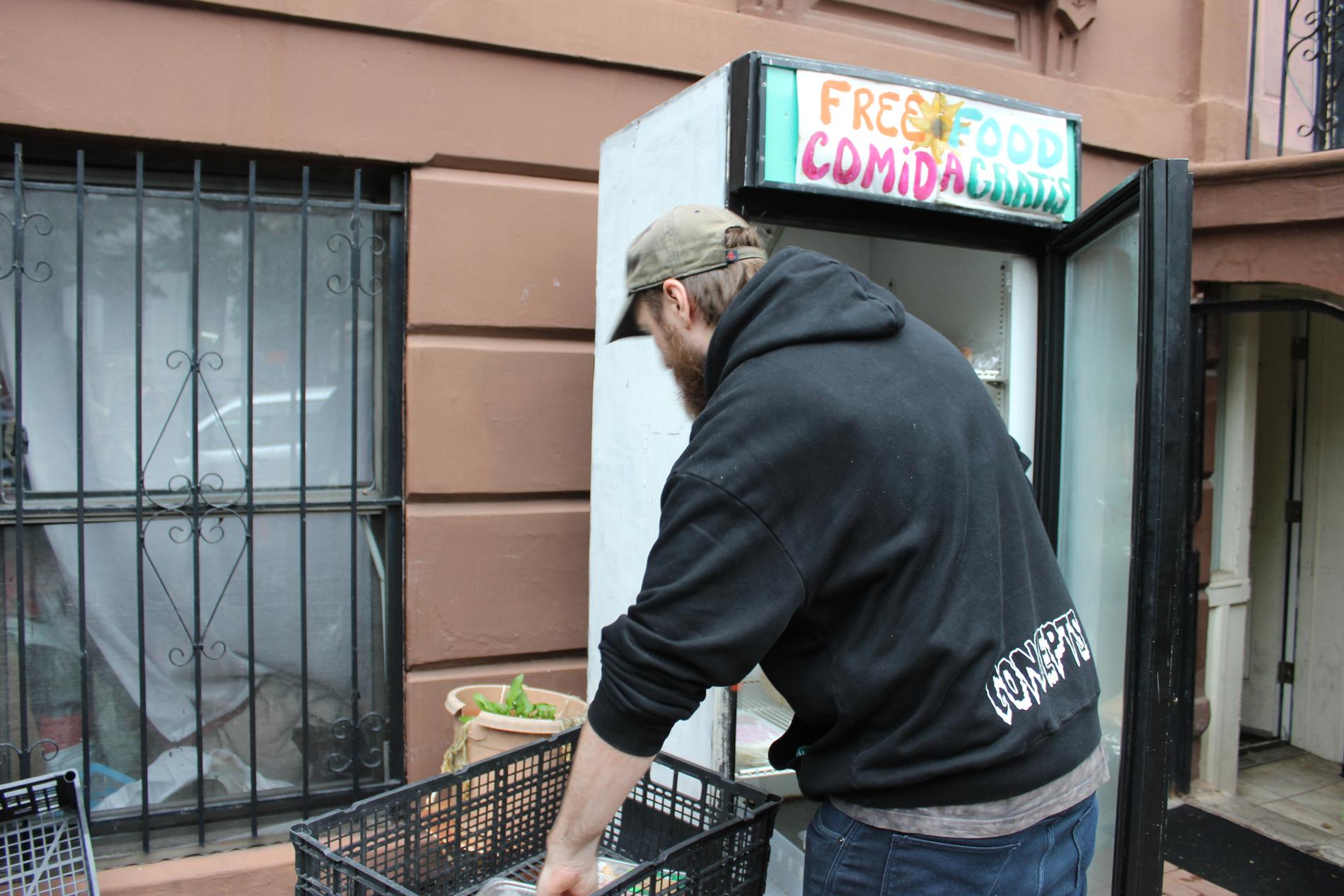
"More people are forced to turn to food banks, charity and these neighborhood cold stores," says Thadeaus. Photo: Emelie Svensson
Trying to resell
In addition to reducing hunger in the neighborhood, and slowing wastage, Thadeaus says it creates cohesion. Many neighbors want to contribute, or pick up something they need.
It happens that some people try to take all the free food at the same time. Some even try to resell goods to shops, if they see a tray of butter packets.
- These coolers are here because people might be having a hard time. So we can't really blame them for taking it all. They are having a hard time, and are just trying to make some money. But that's not the point.
To prevent people from taking everything at once, or trying to resell, they have three strategies: To clearly label the goods with the word "free", to display a little at a time, to spread the goods over many refrigerators, and to open packages a little at a time a corner.
- This will probably be emptied within an hour, he says of the new food boxes, with mashed potatoes, meat, rice, fish, salad and pie from the film studio.
- We top up as often as we can, sometimes as many as eight times a day. Everything disappears almost instantly. The need is huge right now.
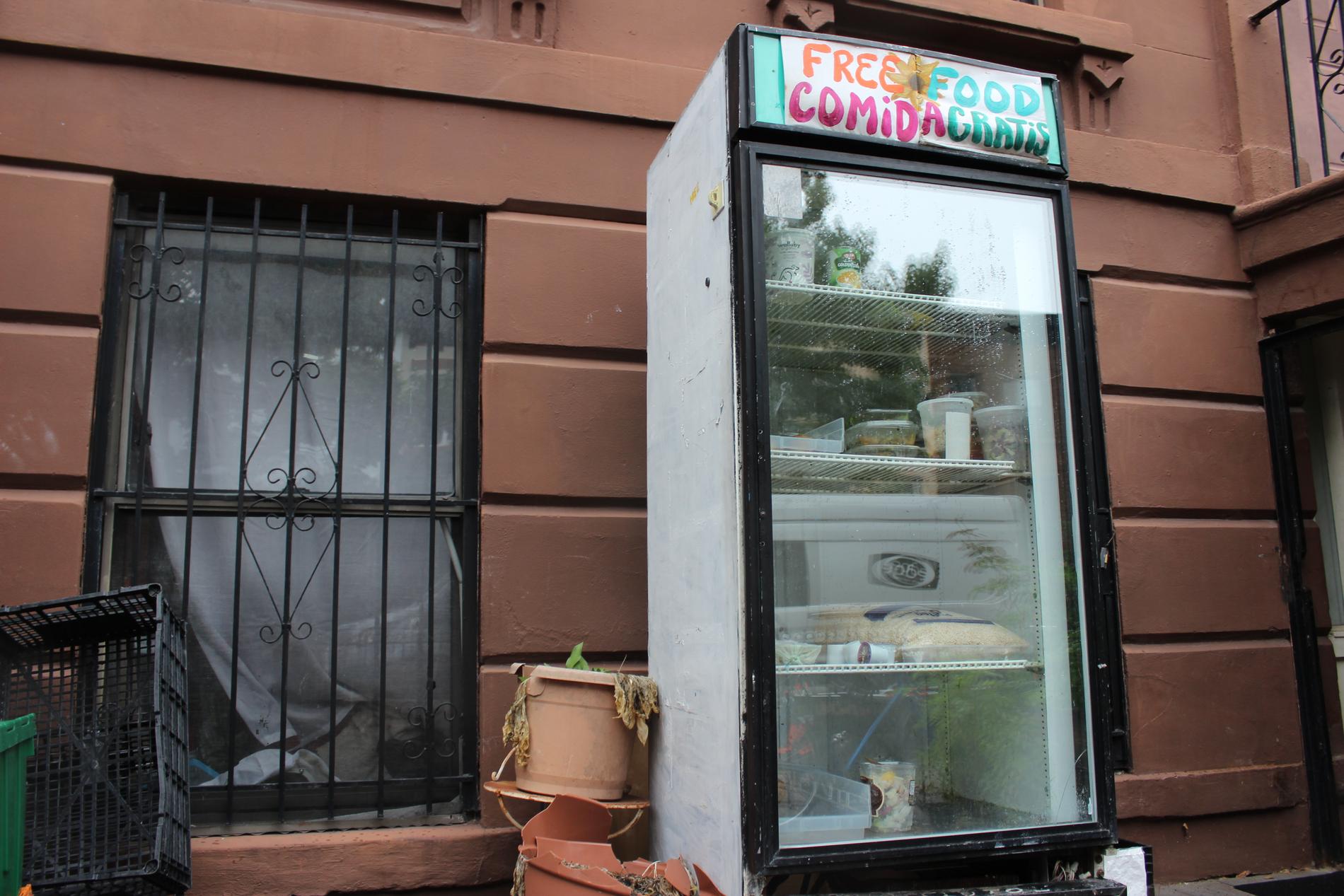
It happens that some people try to take all the free food at the same time. Some even try to resell goods. Photo
Inga kommentarer:
Skicka en kommentar